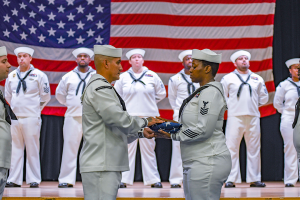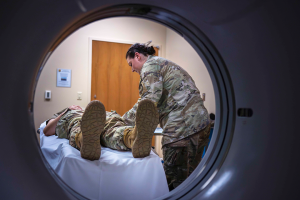Understanding how to EAS as a Marine involves preparing for a life-changing transition. The End of Active Service (EAS) marks the conclusion of your time on active duty and the beginning of a new chapter. This guide helps you approach EAS with confidence, outlining the necessary steps and offering practical advice to make the process smoother. Whether you’re planning to pursue education, employment, or other goals, taking the right steps now will pave the way for your success.
Understanding the EAS Timeline
EAS begins long before your final day in the Corps. The process typically starts a year in advance, allowing you enough time to address administrative, financial, and personal needs. As a Marine, you’ll be required to attend separation briefings, complete a checklist, and meet medical and dental requirements. Starting early gives you the time to explore options, make informed decisions, and handle each step without unnecessary stress.
Completing Administrative Tasks
Administrative requirements are a significant part of the EAS process. These include updating personal records, verifying your service history, and ensuring all documentation is accurate. You’ll need to schedule and attend final medical exams, ensuring your health records are current and complete. Completing these tasks early helps prevent delays and allows you to focus on other aspects of your transition.
Using Terminal Leave Effectively
Terminal leave is a unique opportunity to adjust to civilian life while still receiving pay and benefits. By taking your accrued leave before your EAS date, you can use this time to relocate, search for jobs, or pursue education. Planning how to use your terminal leave ensures that you make the most of this period. Discussing leave options with your chain of command will help you align your plans with your goals.
Exploring Career Opportunities
Transitioning from the Marine Corps to a civilian career is a significant step. Identifying the skills you’ve gained during your service and understanding how they apply to civilian roles can make this process easier. Employers often value the leadership, discipline, and teamwork you’ve developed. Creating a strong resume that highlights these qualities can improve your chances of finding meaningful employment. Utilizing job fairs and career placement resources can connect you with potential employers who appreciate your unique experience.
Addressing Healthcare Needs
Healthcare is a critical consideration during EAS. Active-duty Marines lose access to military healthcare upon separation, so exploring civilian healthcare options is essential. Programs like the Transitional Assistance Management Program (TAMP) offer temporary coverage, allowing you time to arrange long-term plans. Understanding your healthcare needs and available options ensures that you maintain coverage for yourself and your family.
Supporting Your Transition
Zero Nexxus can assist active-duty Marines during their transition to civilian life. Our services focus on physical and mental wellness, administrative planning, and achieving personal goals through tailored programs. We offer one-on-one consultations and tools like personalized portals and reminders to simplify the EAS process. By addressing your unique needs, we aim to guide you toward a confident and well-prepared transition.
Knowing how to EAS as a Marine involves understanding the steps and resources available to you. From administrative tasks to career planning, each element of the process plays a role in creating a successful transition. By starting early and leveraging the right tools, you can confidently move into civilian life with a clear path forward. EAS marks the end of one chapter and the beginning of another, offering opportunities for personal and professional growth.



